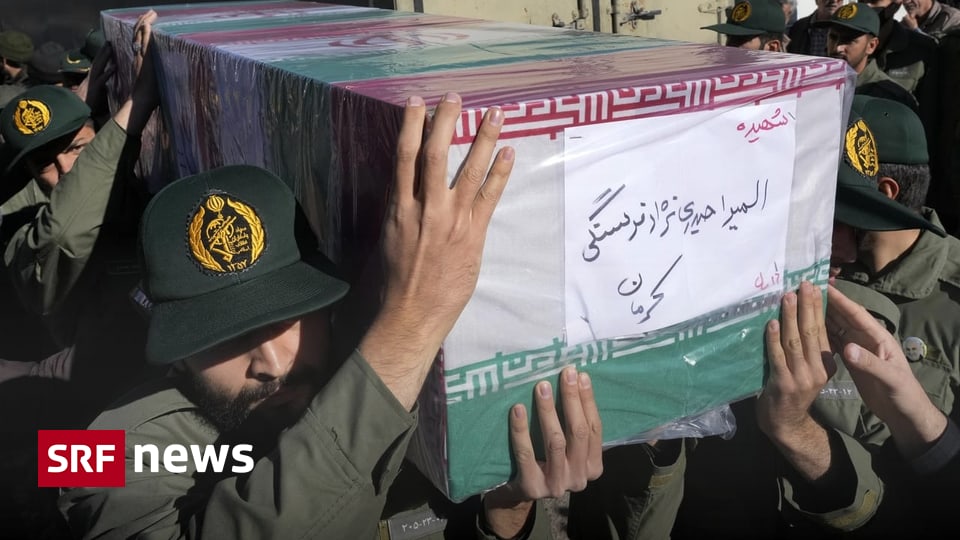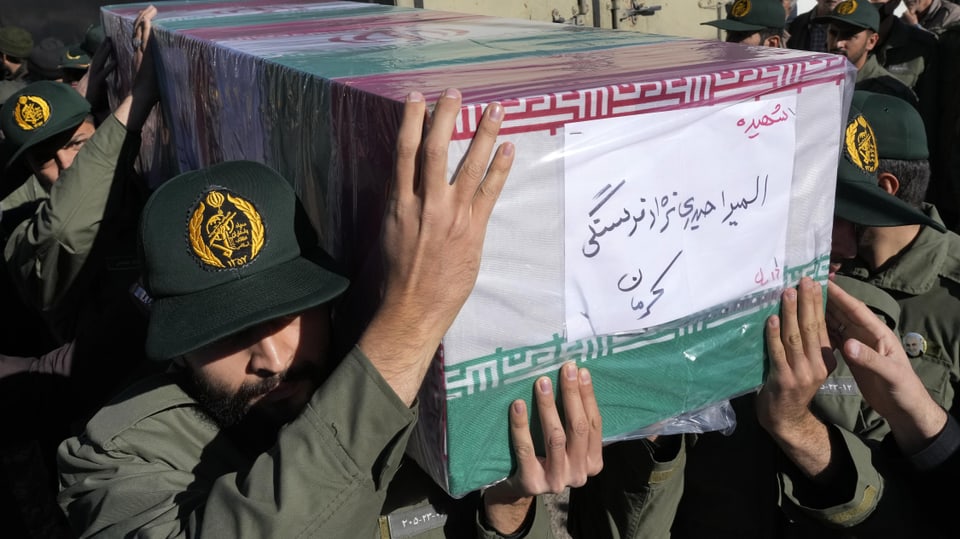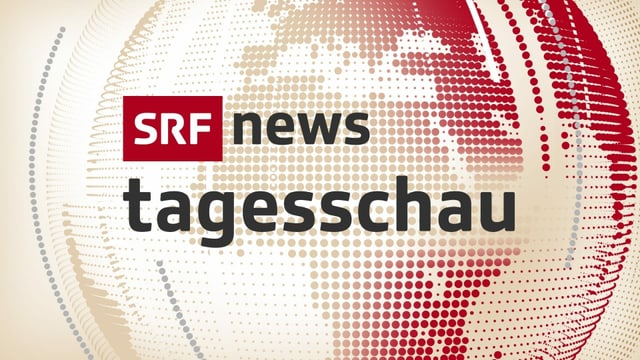
The attack in Iran is a sign of a strengthened network. The threat situation is increasing – also in Europe. Reasons.
Let's just say the fall: The establishment of the IS organization dates back to 2013. At that time, Muslims were spread in the border region of Syria and Iraq. The international community reacted slowly to the threat – but then reacted with full force. When the United States announced the death of longtime leader Abu Bakr al-Baghdadi in 2019, some described the Islamic State as defeated. In the years since, the number of attacks has declined, but branches have sprung up around the world, and IS lives on thanks to its propaganda on social media.

Purana:
Members of the Iranian Revolutionary Guards carry the coffin of one of the victims of the Kerman blasts through the streets of the city. IS has claimed responsibility for the attack (Image: 05.01.24)
AP Photo/Wahid Salemi
Afghanistan's Void: Various developments in recent years have led to IS in new areas. The US withdrawal from Afghanistan in the summer of 2021 is highly consequential. Since then, the Islamic State of Khorasan Province (ISPK) has gained respect in Islamic circles for its attack on the Kabul airport. The Taliban are enemies of the ISPK and claim to be fighting against an IS branch. Nevertheless, IS has managed to recruit several thousand fighters and maintain safe havens. From there, the ISPK conducts attacks in the region and carries out intensive propaganda, including in English.
New networks in Europe: According to statistics from the European Police Commission (Interpol). Attacks by jihadists have declined in recent years. But now the judicial authorities have to respond to the changing threat landscape. Jihadists in Afghanistan are exporting their ideology to Central Asia and Europe. In Germany, Islamists from Tajikistan have been arrested several times in recent times – a group that previously received little attention. German terrorism expert Peter Neumann recently warned ISPK is the most active IS branch. Nicolas Stockhammer, a professor at Danube University Krems, calls the group a “game changer” for Europe.
War in the Middle East: The October 7 Hamas terrorist attacks on Israel and their aftermath fall into this mix. They incite some degree of hatred towards the Jews. So IS and other jihadist propaganda finds fertile ground here in many places. Jewish and Israeli targets in Europe are moving ever closer to the center of the threat landscape. On Thursday, after IS claimed responsibility for the attack in Kerman, it also announced the start of a new campaign. Its title: “Kill them wherever you find them.” It calls for attacks all over the world.
Muslims of different religions as targets: The attacks in Kerman may be the worst in the history of the Islamic Republic of Iran. But they are not the first to claim responsibility for IS. In October 2022, an assassin killed 15 pilgrims in Shiraz. Radical Sunnis have always viewed the predominantly Shiite government and regime as hostile. Sunni IS fuel hatred against Shiites, which also explains the attack in Kerman. IS has repeatedly attacked Shia communities in Iraq and Afghanistan. His deadly logic: All those who submit to his interpretation of Islam are infidels and therefore legitimate targets.

“Wannabe pop culture fanatic. Zombie advocate. Entrepreneur. Internet evangelist. Alcohol fanatic. Typical travel buff.”







More Stories
Choosing the Right Quality Management Software for Your Industry
If guests bring items: Can shower gel be packed from the hotel?
Digital Technologies for the Elderly: Increasing Aging at Home – News